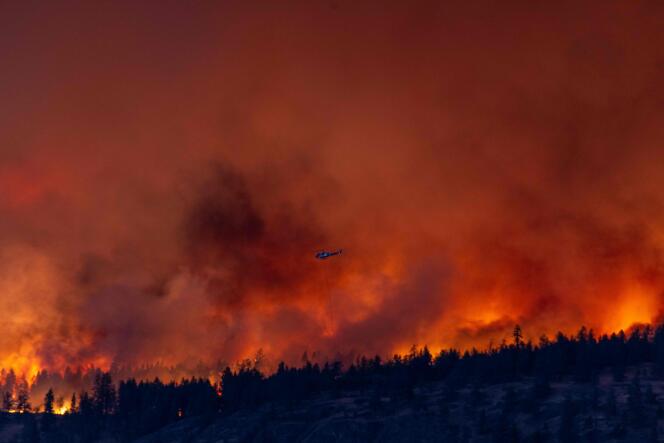


Summer in the northern hemisphere is marked by devastating wildfires. Greece, Hawaii, Tenerife – everywhere, the fires have created disasters, forcing inhabitants to flee and catching governments unprepared. The most extreme event is still unfolding in Canada. The season has reached record levels in this immense country in terms of duration, with the first fires starting in early March; geographical extent, from the west to the east of the country, right up to the far north;and the number of fires, with almost a thousand still active.
According to the latest estimates, almost 14 million hectares of forest have gone up in smoke, equivalent to the surface area of Greece. In 1989, the previous record year, 7.6 million hectares burned. All in all, 2023 will no doubt be twice as disastrous, as a symbol of "a scary and heartbreaking time," in the words of Canadian Prime Minister Justin Trudeau. The intensity of this season once again raises the question of the influence of climate change on fires.
To answer this, 16 researchers from various fields (climatology, agroforestry, meteorology, etc.) and several countries (Canada, United Kingdom, Netherlands, United States) examined the subject in a study published on Tuesday, August 22, as part of the World Weather Attribution (WWA), a group of scientists brought together to measure the influence of anthropogenic changes on disasters. In this study, which focuses on fires in a region of Quebec between May and July, the researchers used the Fire Weather Index (FWI), a meteorological index used by Canadian authorities. The FWI is calculated by measuring several values, including temperature, humidity and wind speed at 10 meters above the ground. Their calculations were based on two sub-indices derived from the FWI, one measuring the seven days of the season most conducive to fires (FWI7X) and the other reflecting the cumulative weather conditions between January and June (cumDSR).
This method enables the authors to decipher the influence of climate. "Weather and climate conditions strongly impact wildfire characteristics at several temporal and spatial scales," they write, while pointing out that these factors are not enough to explain everything. "Wildfires are complex phenomena that are not driven solely by climate, but also by vegetation properties, land-cover and human activity."
Unsurprisingly, the weather in the first six months of the year created a favorable environment. Between May and July, the country experienced its hottest period since 1940. Relative humidity equaled its second-lowest value. Using this data, the researchers ran five climate modeling systems to compare the likelihood of such conditions in a pre-industrial climate (with a global average temperature 1.2°C lower), and also looked at a scenario 2°C warmer than the pre-industrial era.
You have 45.48% of this article left to read. The rest is for subscribers only.
